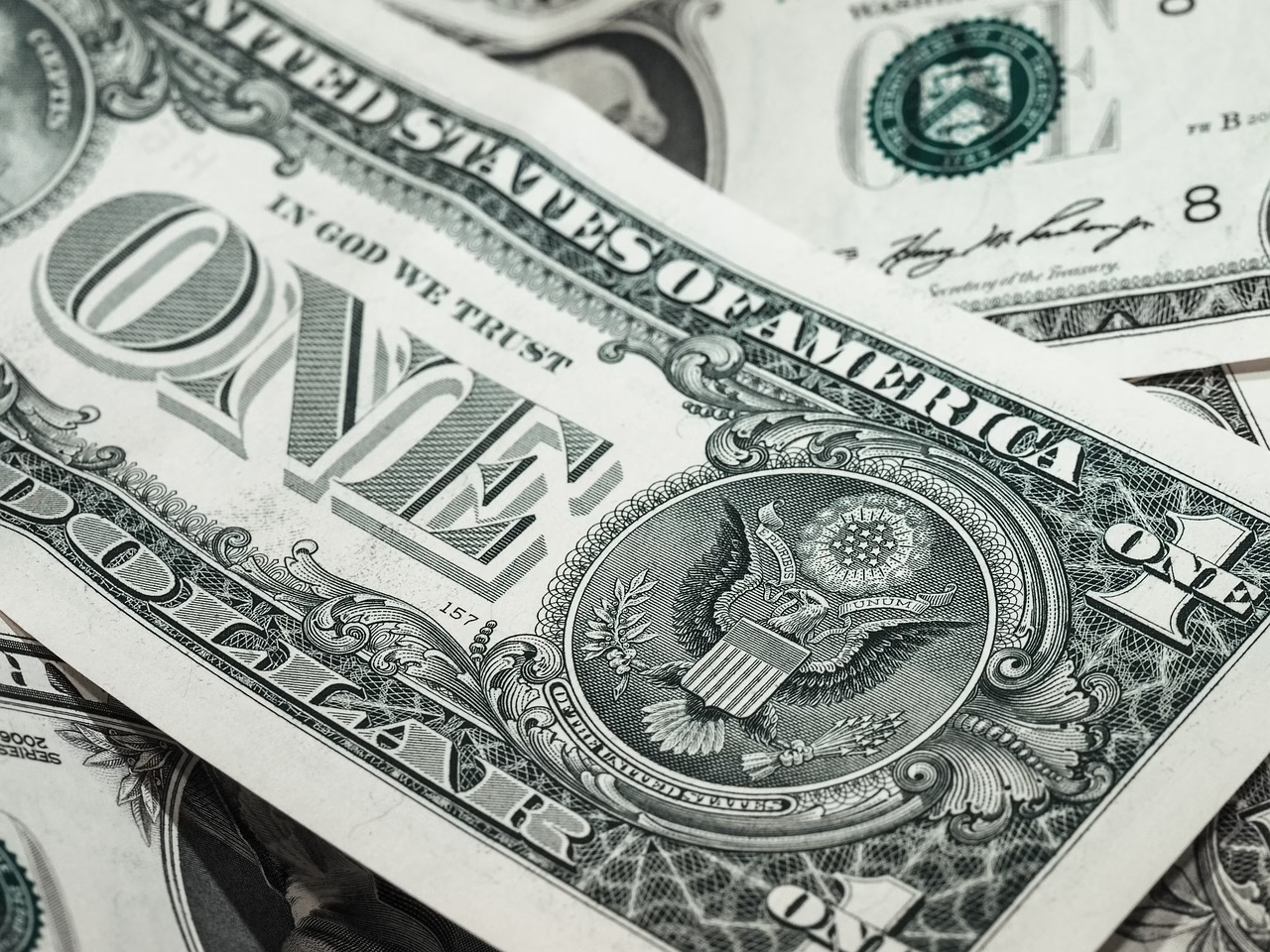“House Sends Bill Regulating Stablecoins to President Trump”
July 21, 2025 | by Sophia Vance

House Sends Bill Regulating Stablecoins to President Trump
In an economic environment where stability in the financial markets is at a premium, the U.S. House has taken a decisive step by sending a bill regulating stablecoins to President Trump’s desk. This legislative move marks a pivotal development in the intersection of traditional finance and crypto, addressing one of the most explosive areas in fintech with a carefully calibrated regulatory approach.
Why Stablecoins Matter
For those not entrenched in crypto vernacular, stablecoins are digital currencies pegged to stable assets like the U.S. dollar, enabling traders and investors to dodge the notorious volatility common in the broader crypto market. Their popularity has sky-rocketed, given their promise: combining the efficiency and accessibility of blockchain transactions with the trusted stability of fiat currencies.
But with great power comes the necessity for great oversight. The rapid adoption of stablecoins has provoked a storm of questions from regulators and market watchers alike: How secure are these assets? Could a run on a stablecoin trigger a systemic crisis? What safeguards are in place to ensure transparency?
The Bill’s Core Highlights
The bill in question, known formally as the “Stablecoin Transparency and Accountability Act”, addresses these concerns head-on. It requires issuers of stablecoins to:
- Register with the Treasury Department and obtain a banking charter.
- Maintain full backing of their stablecoins with high-quality assets.
- Submit to regular audits and disclose risk factors transparently.
- Adhere to anti-money laundering (AML) and know-your-customer (KYC) standards consistent with traditional banking.
This is not just regulatory red tape; it’s about bringing the same stringency to stablecoins that conventional banks face — but tailored to the unique contours of crypto assets. It essentially recognizes stablecoins as financial instruments with real-world implications, not just fringe digital experiments.
Market Impact and Investor Implications
The immediate effect of this legislation is to provide a clear, enforceable framework that could diminish uncertainty hanging over stablecoins. For the institutional market, this clarity is crucial — knowing that stablecoins are backed by regulated entities reduces counterparty risks and opens the door to broader adoption in mainstream finance.
However, there’s a balancing act. Over-regulation could stifle innovation or push issuers offshore to jurisdictions with lighter oversight. The bill’s banking charter requirement might be a steep climb for some, but it also incentivizes the integration of stablecoin issuers into the traditional financial system, potentially elevating compliance and security standards across the board.
As a financial analyst, I view this legislation as both a safeguard and a catalyst. It safeguards investors by demanding accountability and transparency, but also catalyzes greater convergence between crypto and fiat systems — a critical precursor for sustainable growth.
The Road Ahead: Broader Regulatory Trends
This legislative step doesn’t exist in isolation. It fits within a growing global trend where governments and financial watchdogs finally recognize that ignoring crypto’s growing dominance is no longer an option. Regulatory clarity like this bill sets a precedent, nudging other nations and jurisdictions to consider similar frameworks.
It also aligns with recent pronouncements from the Federal Reserve and SEC, who have both raised alarms about unchecked stablecoin proliferation and risks to financial stability. The bill’s timing, arriving as crypto adoption surges post-pandemic, couldn’t be more critical.
“Regulating stablecoins isn’t about hamstringing innovation. It’s about ensuring that as these digital assets grow, they do so without undermining the very economic systems they seek to enhance.” — Sophia Vance
Final Thoughts
The House’s decision to send this bill to President Trump signals a new era. One where digital finance gains the legitimacy it demands, paired with accountability measures that protect investors and the broader economy. For everyday investors navigating this space, the takeaway is clear: the era of unregulated crypto experimentations is waning. What’s emerging is a controlled, more predictable environment that fosters trust without killing potential.
For those of us watching closely, this is not the end but the beginning of an evolving dialogue between lawmakers, innovators, and consumers. How President Trump responds will set the tone for American crypto regulation going forward. One thing is certain — stablecoins are no longer just a digital curiosity; they are a mainstream financial force, and the world is taking notice.

RELATED POSTS
View all



